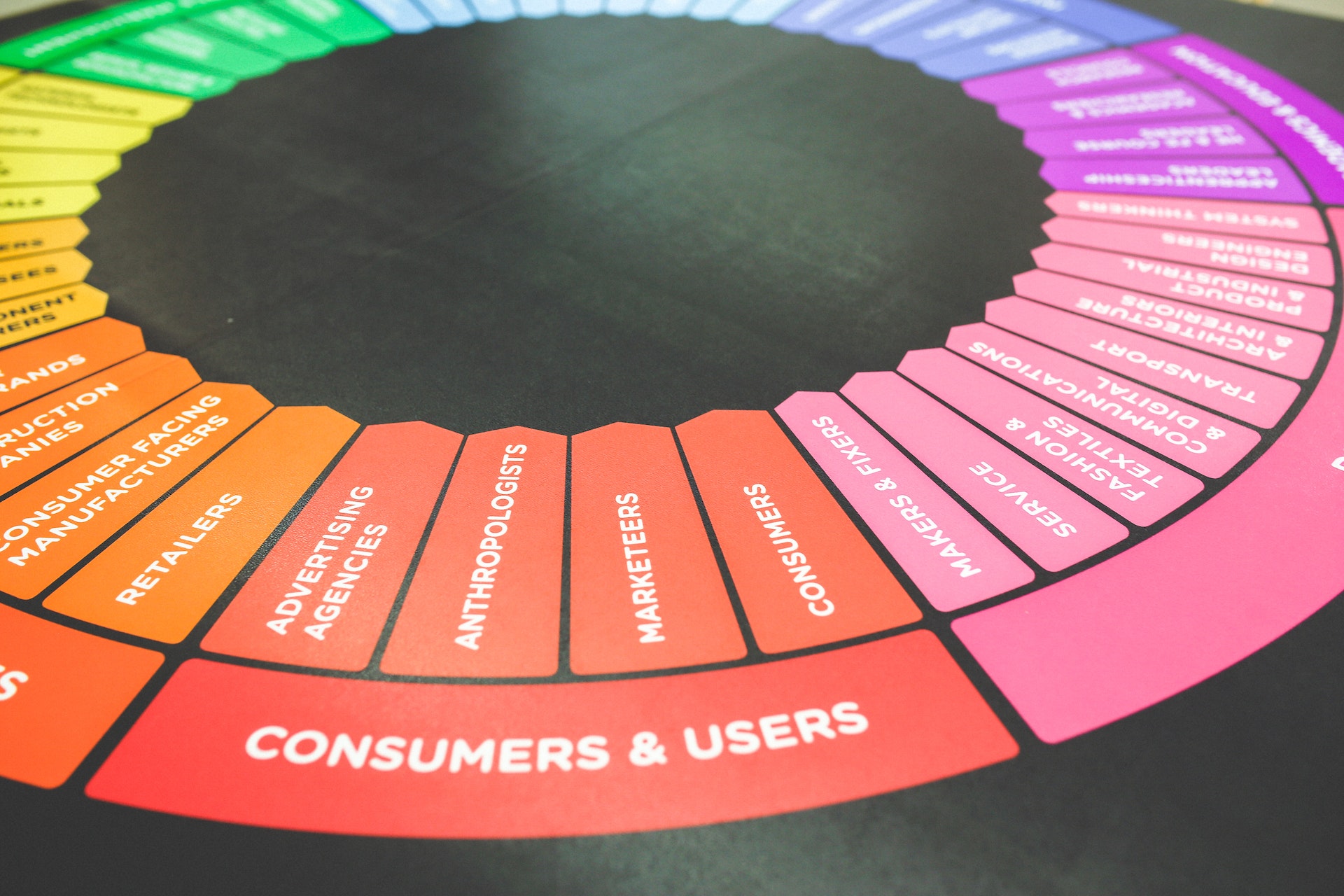A Guide to Developing an Effective Customer Segmentation Strategy

Customer segmentation is essential for businesses to consider when improving their customer service offering, building loyalty, and generating more sales.
It involves dividing customers into different groups based on criteria such as demographics, values, or behavior. Developing an effective customer segmentation strategy can help you target specific audiences and customize your products and services accordingly.
This article provides business owners with a guide to developing an effective customer segmentation strategy.
What is Customer Segmentation?
Customer segmentation is the process of dividing customers into smaller groups that share similar characteristics or needs.
By doing this, businesses can better understand what drives their customers’ purchasing decisions, which allows them to tailor their marketing efforts accordingly. Depending on the business size, customer segmentation can be done on a large or small scale.
For example, larger companies may divide their customers into different regions or countries to target more precisely.
Why is Customer Segmentation Important?
Customer segmentation is an essential part of any successful marketing strategy as it allows businesses to tailor their products and services according to the needs of their specific audience.
By understanding the needs and preferences of their customers, companies can create offers that are more appealing to them and increase sales.
Additionally, customer segmentation helps businesses identify which target audiences they should focus on and how they should approach those audiences. This can lead to increased loyalty from these customers and better brand recognition among potential new customers.
How to Develop an Effective Customer Segmentation Strategy
1. Collect Data
The first step in developing an effective customer segmentation strategy is to understand the needs and preferences of your customers. To do this, you must collect customer data such as demographics, purchase history, and other relevant information. You can use tools such as surveys or focus groups to gather this data from existing customers or purchase data from third-party services.
2. Analyze the data
Once you have collected your customer data, it’s time to analyze it and start building segments. This involves looking at the different characteristics of each group and determining how they differ from one another. For example, suppose a group of customers is mainly interested in discounts. In that case, you can create a segment specifically for them.
3. Identify segments
Once you’ve analyzed the data, it’s time to identify specific customer segments and develop strategies for targeting each. Consider each segment’s different needs and preferences and determine how your products or services can meet those needs. It would help if you also decided which marketing channels to target each segment and what messaging or offers you will provide them with.
4. Monitor performance
The last step in developing an effective customer segmentation strategy is to monitor its performance. This involves tracking the results of your campaigns and seeing if they are meeting your goals. Adjust your system as needed to ensure you get the most out of each segment.
Conclusion
By following these steps, business owners can develop an effective customer segmentation strategy and tailor their products and services according to the needs of their specific audiences. This will help them improve their customer service offering, build loyalty, and generate more sales.
Acquiring data from customers is critical in any successful marketing effort. Suppose business owners want to understand better what drives their customers’ buying decisions for creating a tailored approach for target audiences.
In that case, it’s essential to use surveys or focus groups to collect information about demographics, values, or behavior. After analyzing this data, businesses should be able to identify various customer segments and develop strategies to target each one.
Finally, companies must monitor the performance of these segments to ensure that their systems are effective. With a well-structured customer segmentation strategy, businesses can improve their customer service offering, build loyalty and increase sales.
Curious how digital ecosystems can help improve your business?
Check out how digital ecosystems can boost your company performance by getting started here.
Book a Demo